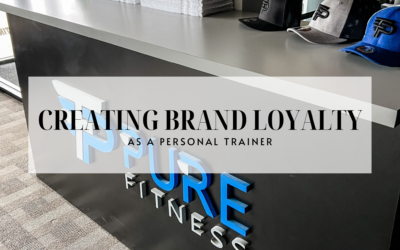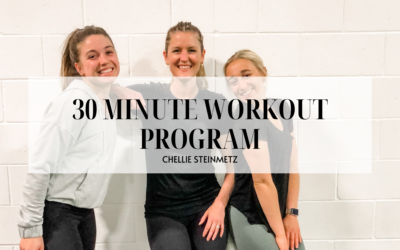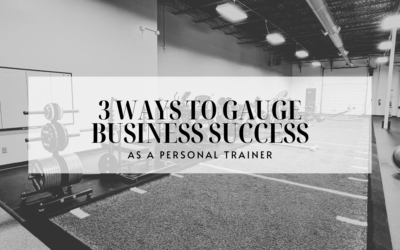The 90s brought us a lot of great things. I mean come on who doesn’t love scrunchies, fanny packs, and a good colorful windbreaker? And the best part about all of these 90s trends is they are back in style! Walk down the street and you will see plenty of these trends. Some of them haven’t gone out of style this whole time. One of these? Zumba.
These classes are taken by millions of people each year around the world. Walk into almost any public gym and you will see Zumba classes being offered and filled up fast. Maybe you are the first one to sign up for the 6 am class. Maybe you are the person who has never taken a Zumba class and wonders what all the hype is about.
Either way it is good to know what this type of exercise is doing for your body. Is it just all fun and games? Is it the missing piece for your cardio plan? And what do you do if Zumba classes are not available to you?
Maybe Zumba doesn’t quite sound like your thing or you’re just not sure what you are getting yourself into. Get all your questions answered below! Or check out these other great fitness trends like Pilates and HIIT.
WHERE DID ZUMBA ORIGINATE?
This type of exercise was founded in the 90s in Columbia and popularized in the United States in the early 2000s. Alberto “Beto” Perez was the founder. An aerobics instructor, Perez forgot his music for the class and needed to improvise with a salsa tape he had on hand. He headed a class that was a mix of aerobics and dancing.
When he started teaching his style in Miami in 2001, he ended up meeting Alberto Perlman and Alberto Aghion. Together, they started calling the style Zumba. This has absolutely no significant meaning, but the name must have stuck. Now we have the hybrid aerobics and dance that we know as the craze, Zumba!
WHAT IS ZUMBA?
We have discovered that Zumba is a mix of aerobics and dance, but what does this actually entail? The Latin dance inspired class consists of a 45 to 60-minute workout. The workout starts with a slower song to help you get warmed up and the songs build to a higher intensity. The workout then ends with a cool down song to help get your heart rate back down.
Classes are led by a certified instructor who will tell and show you what movements you need to do for the workout. The moves pull from different Latin dances such as the samba, salsa, merengue, and reggaeton. The workout itself is designed to mix in both high-intensity and low-intensity moves. Not sure what high-intensity really means? Read more about high-intensity interval training.
WHAT ARE THE BENEFITS OF ZUMBA?
Because you are constantly moving in a Zumba class, it is definitely considered more of a low-intensity steady state cardio. Even though there are some parts of the workout that are more intense than others, it is not quite considered interval training. This is a great way to work in some cardio to your program, but as far as strength your advances are limited.
There are some forms of Zumba that do incorporate strength into them. These are going to be more body weight or light weight workouts. They will incorporate things like squats, burpees, and lunges into the dance styles to add more muscle engagement.
One of the biggest benefits to a Zumba class is the fun! For some people weightlifting is not their thing. They maybe aren’t accustomed to what doing a weight training session is and want something that will keep them on their toes and excited to work out. This dancing style of exercise definitely provides
WHAT ARE THE DOWNFALLS OF ZUMBA?
As with all of the other group classes we have talked about, Zumba is not going to give you the great strength gains you may want. Because it is a cardio based workout, we are only working in one energy system primarily. We are losing some of the power and strength that comes from lifting per say.
Another aspect that I have found when doing these types of workouts is the all-out effort part. The thing about Zumba is it is 100% dependent on the effort you give. You could be doing the moves but if you are not doing them all out, you could not be getting the same benefits as mentioned above. For example, in a back squat once the weight is on your back you have no choice but to lift it. However, in Zumba it could be easy to hide behind the group class and not get the most out of it.
One other issue with the Zumba workout is that it is not targeting upper body much. Yes, there are some arm movements, but they are not taking on the workload of the workout. If this is the only class you are taking part of as your exercise mode, you will not be getting a total body workout from a strength standpoint.
It is also important to note that we need resistance like dumbbells or our body weight to make a strength gain and prevent osteoporosis. Try supplementing your zumba class with a total body strength workout! Finding balance in your workout routine is important.
Creating Brand Loyalty as Trainer
Standing out in the market is important. And offering a competitive service and price are effective at capturing customer’s attention. But taking that attention and turning it into repeat clients with brand loyalty is critical to your long-term success. So let's...
30 Minute Workout Program
I have a great workout program for you. You can scroll down if you aren't interested in why I made this program. But it you are let's have a quick chat. Why is it easier to skip a workout than to actually do the workout? In my opinion it has a lot to do with how you...
3 Ways to Gauge Success As A Trainer
Whether you work at a gym or you’re an owner reflecting and evaluating your performance as a personal trainer is a necessary component to growth and long-term success. Here are 3 ways to gauge your business success as a personal trainer: Client Retention Client...










